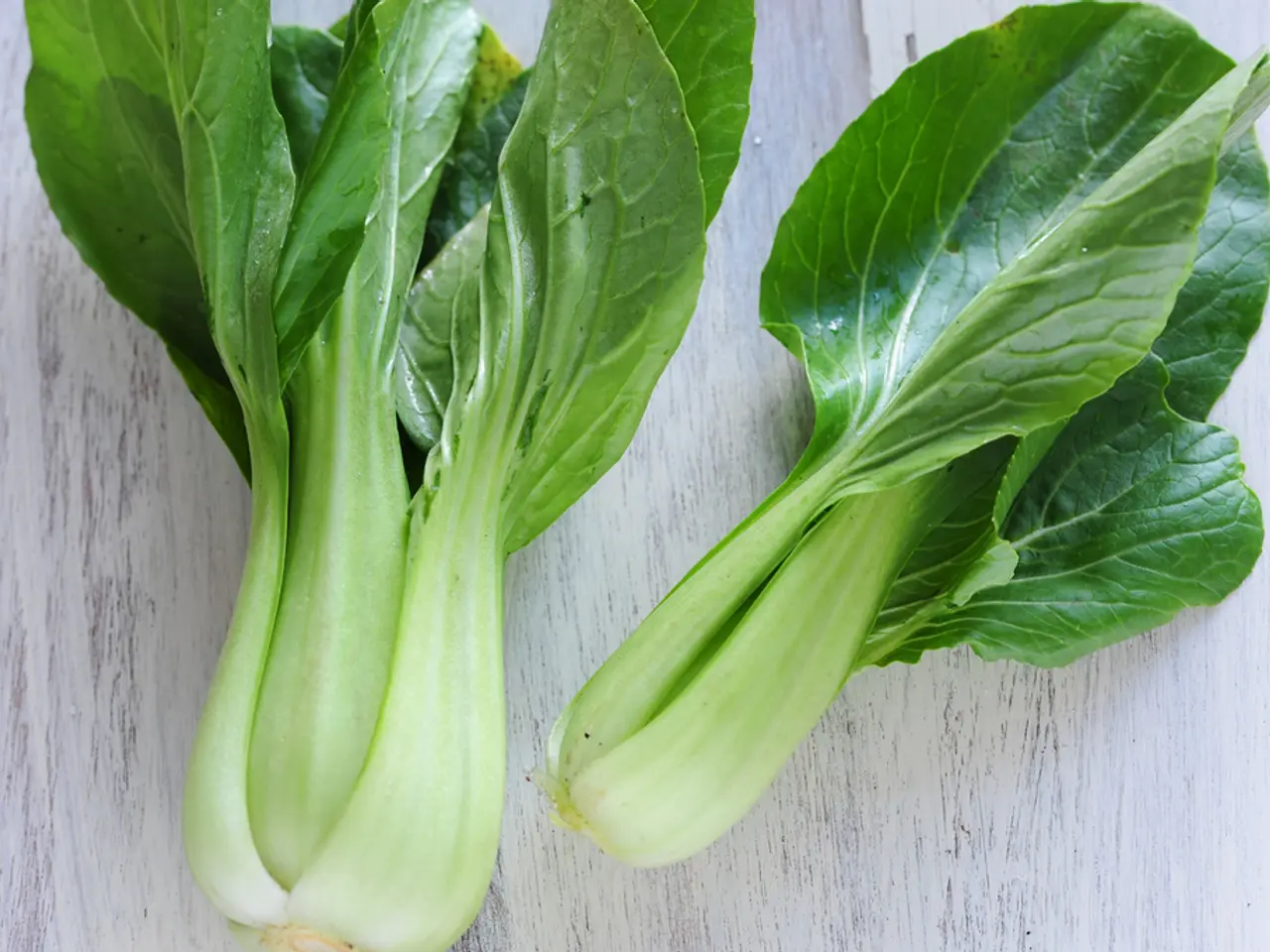Exploring the aesthetic appeal and utility of intermingling vegetables with ornamental plants: A controversial gardening approach.
Creating a Beautiful and Productive Garden: Combining Edibles and Ornamentals
In a harmonious blend of aesthetics and utility, the concept of a potager garden integrates vegetables, herbs, fruits, and flowers to create a visually appealing and productive space. This approach, which is gaining popularity, offers numerous benefits beyond mere beauty.
Edible crops that are suitable for such a combined garden include a variety of herbs, colourful and compact vegetables, and smaller edibles. Herbs, such as lavender, thyme, sage, and oregano, not only provide culinary use but also attract pollinators and offer year-round interest. Colorful vegetables like rainbow Swiss chard, Tuscan kale, colorful lettuces, cayenne peppers, cherry tomatoes, and tiny eggplants are attractive and manageable in a mixed garden setting. Smaller edibles such as chives, parsley, and carrots can be used as attractive edging plants in flower beds. Edible flowers like nasturtiums and pansies add both beauty and culinary value.
Combining edibles with flowering ornamentals offers additional benefits. It creates a diverse garden environment that attracts beneficial insects and pollinators, confuses pest insects, and allows for staggered harvesting. Perennials like salvia, coreopsis, bee balm, and milkweed are excellent companion ornamentals that coexist well with pollinator-friendly edible plants.
Blueberries, for instance, are attractive garden plants with urn-shaped white flowers, sturdy shrub form, vibrant autumn leaves, and edible berries. Growing morning glory up a cardoon not only allows for the harvest of artichoke heads but also the growth of a succession of dramatic blue flowers later in summer. Basella, a pretty and productive tropical twining climber with huge, succulent (edible) leaves, pinky stems, and clusters of white flowers, is another example of a plant that fits well in this setting.
However, not all edible crops are ideal for growing in an ornamental garden. Crops like carrots, onions, lettuce, and beetroot are killed when harvested and leave an unsightly gap. Wild strawberries, on the other hand, are cross-over plants that are attractive in the garden and productive. Solanum sisymbriifolium is another cross-over plant with spikey leaves, huge white potato-looking flowers, and a succession of smoky tomato-flavoured fruits.
Choosing the right plants, grown in the right combinations, and ensuring easy access to them makes it possible, pretty, and practical to grow vegetables among ornamentals. Garden designer Bunny Guinness exemplified this concept at the Chelsea Flower Show in 2011, creating a stunning garden with hazel-hurdle-raised-beds burgeoning with edibles and ornamentals. Planting a mix of ornamental and edible plants together can be challenging in terms of maintenance and ongoing harvest, but not insurmountable. Accessing edibles within a framework of ornamentals can be made easier by dotting a few stepping stones through the border or siting edibles closer to the border edge or path.
In summary, a garden with mixed edible crops and ornamentals can flourish by selecting colorful, compact, and pollinator-friendly edibles and pairing them with complementary flowers and herbs. This creates a beautiful, functional, and eco-friendly outdoor space.
In the potager garden, colorful and compact vegetables, such as rainbow Swiss chard, Tuscan kale, and tiny eggplants, are combined with herbs like lavender, thyme, sage, and oregano to provide both beauty and utility. (First sentence)
By growing blueberries, morning glory, basella, and wild strawberries in the garden, one can create a diverse environment that attracts pollinators and benefits from a staggered harvest. (Second sentence)




